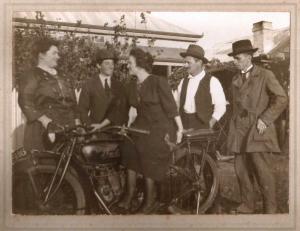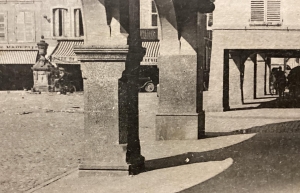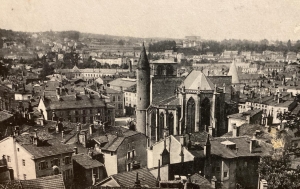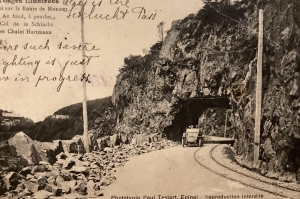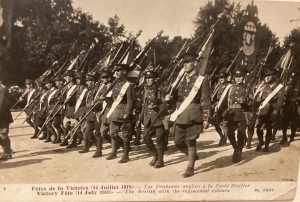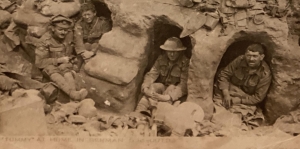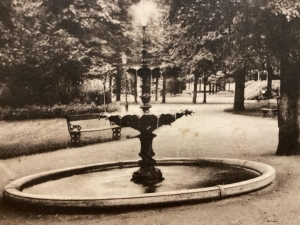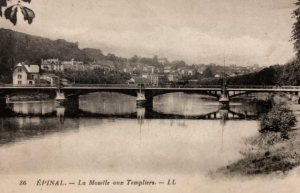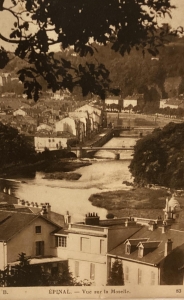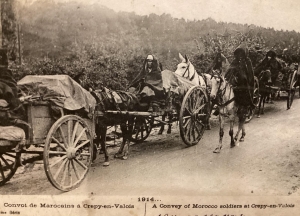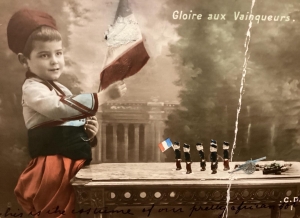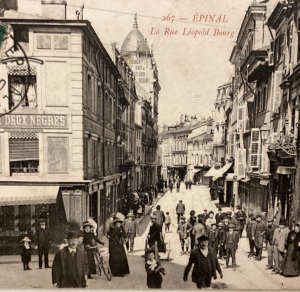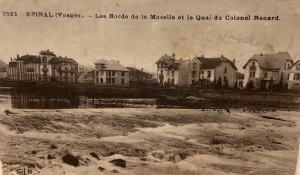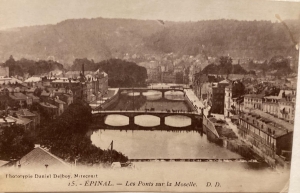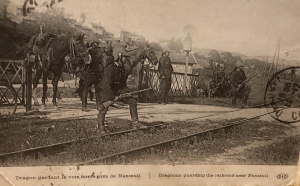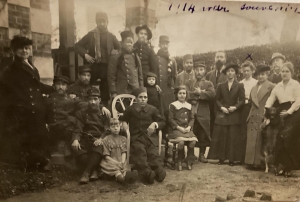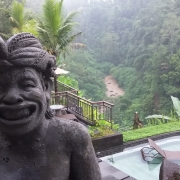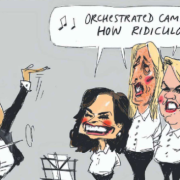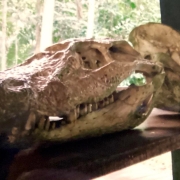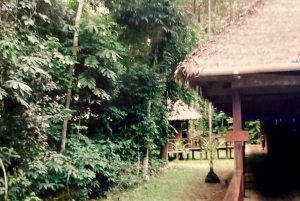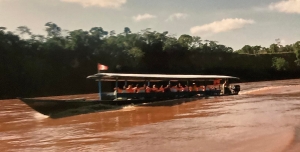Roadtripping and stumbling every step of the way …
Dateline: April 2024, Cabbage Tree Creek: 37.6526° S, 148.8172° E
Nice part of the world for a quick road-trip recce, East Gippsland, when it’s not on fire, that is. And also when you don’t have spare tyres flying off the back of SUVs and across the road at you at 100kmh.
Was standing in the Bellbird Hotel car park, a few metres off the road, when a sudden bang, crunch and whack had me scurrying for cover. The spare was hanging off the car, bouncing and crashing before shearing loose, belting the car behind and rocketing off into the bush.
Things that happen when you pull over. Need to keep an eye out. Couple of hours earlier, I was pondering whatever happened to the old Metung gas pools where bathers could capture the gas that bubbled up and set it alight through a wet beer box. Near Cantrill’s Lookout.
Shut down and replaced by public dunnies, and gaseous explosions of a different type. Lookout still applies, it seems. Which is what Zachary Hicks was doing offshore up the road in James Cook’s Endeavour in 1770 when he first sighted land.
Wasn’t the first, of course, plenty of other Europeans preceded him, even Islamic explorers going back to the AD800s. Nearby Bitangabbie Bay just over the border hosts the remains of what appears to be a stone fort commonly attributed to the Portuguese navigator Cristovao Mendonca in the 1520s. Supposedly while the Spanish didn’t have an eye out.
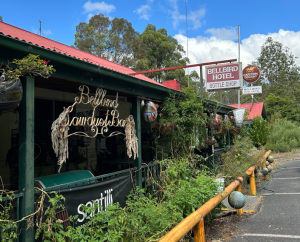
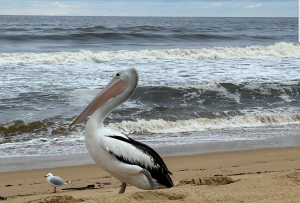
The Bellbird Hotel and a Tathra beach denizen.
Sadly, a weather eye was badly needed at the next stop, further up the coast on the Tathra Wharf, when in 2008 a young fisherman’s two little kids went over the edge; one of them in a pram many people speculated was pushed by the older kid. Dad jumped in to try to save them. None of them survived.
Ensconced in a bush pole-house at Tathra high above the Bega River, I’m reminded of the graffiti I once found outside a Bega fish shop: ‘The flake you’re eating could be Harold Holt’. Irreverent but also ironic as next stop is Tilba Tilba, once home of his widow Zara after she took up with the mutton-chopped Jeff Bates.
It’s achingly pretty with its green hills, granite outcrops, yellow-tailed black cockatoos galumphing overhead and heritage buildings, including the famed Dromedary Hotel, named for a nearby mount; a sweet stop en route to the next stop.
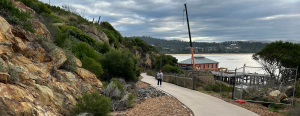
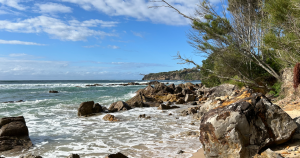
Tathra Wharf and the Mollymook beachfront.
Ulladulla/Mollymook, with its sprawling beach, heaving surf, fishing boats, rockpools, undulating golf course and glass-encased club, and Slane Irish whiskey at ALDI, makes a nice pitstop before doubling back to Batemans Bay, which has a patina of tiredness these days, and inland along the Kings Highway.
My long-suffering better half, not a great passenger, is biding the while away watching videos sans buds. By journey’s end, I’ve listened to four series of Schitt’s Ceek, which makes for a more than curious travelogue soundtrack.
Onwards and upwards takes you over the nose-bleed Clyde Mountain Pass – great lookout to the Pacific Ocean – to the brooding historic Braidwood and its ancient architecture, to the national pitstop Canberra and its stultifyingly sterile architecture, and onto the contrived heritage Hall Village, where the only heritage to be found are pretty much the trees and shrubs … possibly.
Half an hour further on looms Yass, which greets visitors with the civil works start of a 500-lot subdivision ceding its historic regional centre status to an outer ring of the ACT.
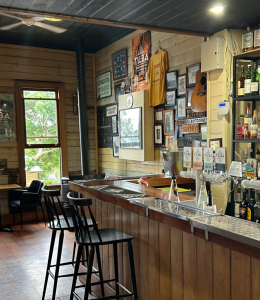
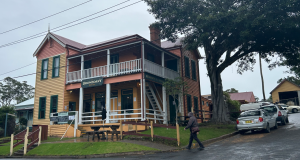
The Dromedary Hotel, Tilba.
Notwithstanding, the town’s pretty stately buildings and parks, its friendly folks and their tales of cops, crooks and magistrates, its genial pub chatter and generous grub, make for a curious and charming stop.
Just remember, somewhere it hosts an armed bandit who would tick off the banks he robbed on a list stuck to his fridge. Allegedly.
Armed with local pomegranate balsamic and olive oil produce, I cut out for Yackandandah in a valley beyond the knobby hills south of Wodonga. Travelling down into the Yack valley is one of the sweetest drives about, provided the dolts coming at you stay off their phones and stick to their side of the road. Once again, keep your eyes peeled.


Yass Post Office and High Street, Yackandanah.
Yackandandah’s where my grandpa Ned was born, the first of eight kids, back in 1889 before being spirited away to the ancestral homestead of Banimboola, high in the Mitta Valley. His grandparents, Edward and Mary, had married at Yackandandah in 1862 before taking up life at Banimboola.
Young Ned never got to meet his granddad. Edward the senior was returning from a potato paddock across the Mitta River in darkness in 1866, when he failed to notice a flash flood had dangerously raised the waters. His own Schitt’s Creek as it unfolded.
He and his horse and pack were swept away. His body wasn’t found for several days. One more sorry episode of the wrong place at the wrong time.

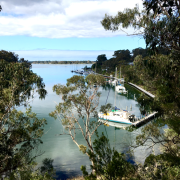
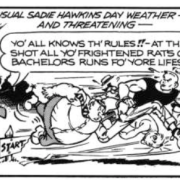
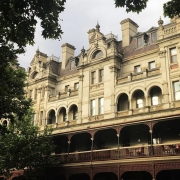
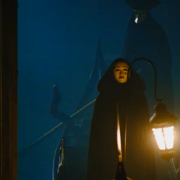
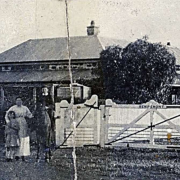
 .
. 